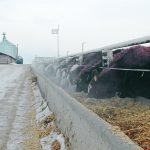Researchers in Saskatchewan have determined that cattle eat less but get more starch when barley is processed this way
SASKATOON — Steam flaking barley improves its digestibility and maximizes its value as cattle feed, said Greg Penner from the University of Saskatchewan. Feedlots typically steam flake corn, and the Centennial Enhancement Chair in Ruminant Nutritional Physiology said as more corn is grown in Western Canada, those operations may be investing in the processing equipment […] Read more Livestock Management
Livestock Management
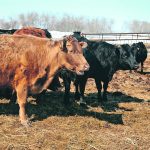
Pre-calving vaccination good way to protect calf
Protection provided by vaccinating cows before calving works only if calf can ingest enough colostrum shortly after birth
Vaccines are important tools for reducing the risk from infectious disease. Vaccinating cows and heifers before calving increases the quality of colostrum, which protects the newborn calf. “Typically, we vaccinate the cow to protect the cow. In this case we are also targeting her calf by helping her create better colostrum,” said Cheryl Waldner, professor […] Read more
Veterinarians forge relationships with 4-H members
For young adult 4-H livestock division participants, strengthening relationships throughout the agricultural field is important to their current and future endeavours. Dennis Kotowich, assistant 4-H leader of the Elk Point beef club in Elk Point, Alta., believes members must become acquainted with as many aspects of the industry as possible to increase their chances of […] Read more
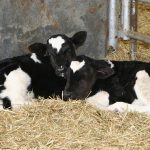
Livestock producers must watch for zoonotic diseases
Cryptosporidia and giardia are two intestinal parasites that can cause diarrhea in both people and calves. These parasites are single-celled organisms (protozoa) and Cryptosporidium is a common cause of diarrhea in both beef and dairy calves under a month of age. Young children, pregnant woman, and immune-compromised adults who are infected can have severe diarrhea […] Read more
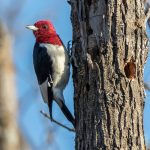
Man. ranchers asked to help preserve woodpecker habitat
Red-headed woodpeckers are a sharp-looking bird. With ruby-red feathers on their head, a white chest and black on their wings and back, they stand out from other birds in the forest. But they are struggling. Estimates suggest there are only 6,000 red-headed woodpeckers left in North America. That’s why a conservation group, Manitoba Important Bird […] Read more

Bird flu outbreaks continue, but slow
The devastation wrought by avian influenza on poultry operations in 2022 is continuing into 2023 as British Columbia starts the year with another half dozen infections at commercial farms in the Fraser Valley. But there is good news coming out of what has become the epicentre of Canada’s bird flu outbreak. “The number of infections […] Read more
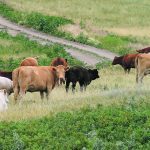
Sask. freezes crown-leased pasture rates for 2023, looks at stock rates
Grazing rates are based on a formula that uses fall cattle prices and long-term stocking rates of each pasture
SASKATOON — Crown grazing lease costs in Saskatchewan have been frozen for this year at last year’s rates. Saskatchewan agriculture minister David Marit announced the decision at the recent Saskatchewan Beef Industry Conference. “As well for 2023, lessees who must reduce their stocking rates on Crown land due to ongoing dry conditions will be eligible […] Read more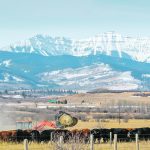
Retained dollars focus of new funding deal
CCA will receive “a little bit less” because it is based on retained dollars, but still assessed on gross marketings
Alberta Beef Producers has reached an agreement in principle about its financial contribution to the Canadian Cattle Association. If the proposed three-year deal is ratified by the CCA at its annual general meeting March 22 to 24 in Ottawa, it will give the provincial organization more certainty over its funding by basing it on retained […] Read more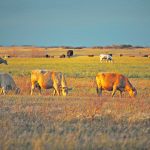
Livestock, forage research funding announced
SASKATOON — Thirty-four livestock and grazing research projects, most of them at the University of Saskatchewan, received more than $6 million in funding last week. Saskatchewan agriculture minister David Marit announced the annual spend on behalf of the provincial and federal governments. He noted that seven industry partners are co-funding nearly $300,000 worth of projects, […] Read more
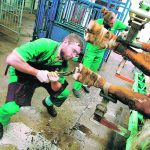
Potential lameness solutions start with trimming
If you calve in early spring, it brings cows closer to the farmyard and that’s when individual cow problems become more obvious. Lameness is a common problem and now is a good time to attend to it. If a hoof trimmer is brought in, lameness can be more easily identified and treatments can be started. […] Read more

 Livestock Management
Livestock Management